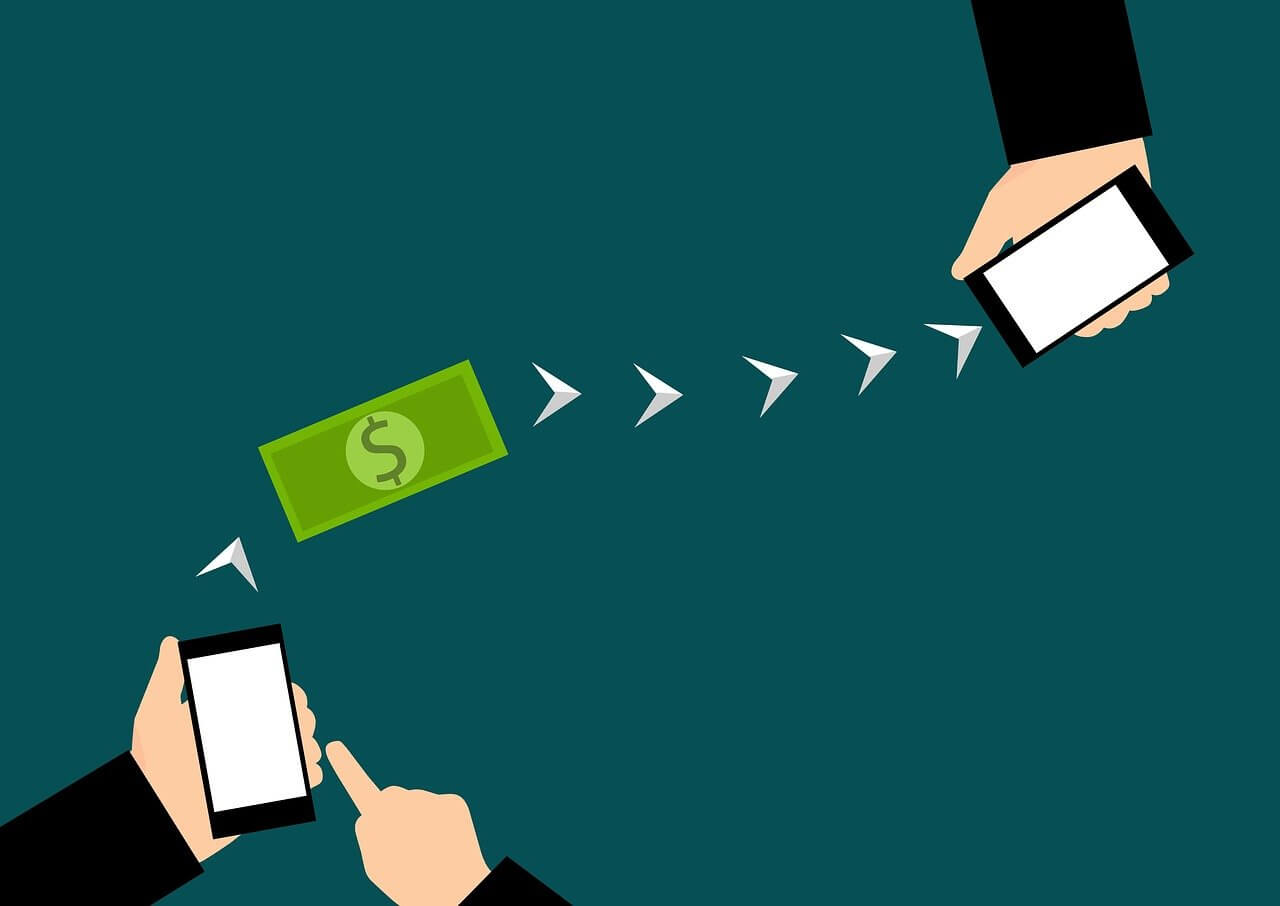Mobile Payments Solutions: How Fintech is Making Life Easier
Discover how mobile payments solutions are changing the way we pay, with secure and fast transactions. Learn about mobile wallets, apps, and the future of payments.
Mobile payments solutions have become a vital part of how people and businesses handle money. This technology (mobile phones or tablets) lets users make payments through apps and platforms. With the rapid growth of mobile payment solutions, they are now deeply embedded in our daily life.
As reported by Statista, mobile payments are predicted to grow from $4.4 trillion in 2020 to $11.53 trillion by 2024.
This rise in mobile payments is due to their ease, security, and flexibility. They also help more people access financial services, especially in areas where banking systems are limited.
This way, mobile payments open doors to new markets for businesses and provide financial opportunities to many who previously lacked access. In this article we will discuss the most important things you need to know about Mobile payments solutions.
What Are Mobile Payments?
Mobile payments allow you to make secure transactions directly from your smartphone or tablet instead of using cash or cards. These payments are protected by methods like biometrics or one-time passwords. As more people use smartphones and shift toward digital payments, mobile payments have become increasingly popular, especially among younger users.
Types of Mobile Payments Solutions
Mobile Wallets
The most Popular of mobile wallets include Google Pay, Apple Pay, and Samsung Pay. These apps work by securely storing your card details in an encrypted form. Instead of using a physical bank card, you simply use your smartphone with the app to make purchases.
Mobile Ecommerce (M-Commerce)
This refers to any transaction made on a mobile device. If someone buys something using a mobile browser or an app, it falls under mobile ecommerce. Payments can be completed through credit cards or mobile wallets.
Banking Apps
These are apps from traditional banks and fintech companies that allow users to make payments, transfer funds, and even apply for loans.
Cryptocurrency Wallets
Apps that let users store and transfer digital currencies like Bitcoin and Ethereum have emerged as a new type of mobile payment.
Mobile Peer-to-Peer (P2P) Payments
Apps like PayPal, Zelle, Venmo, Kuda, Chipper, and CashApp allow individuals to send money to others through a mobile app. Some small businesses even accept payments through these apps instead of credit cards.
READ ALSO: How to Avoid Bank Fraud and Scams
READ ALSO: Top Fintech Marketing Agencies To Consider 2024
READ ALSO: Top 10 Challenges Facing The Fintech Industry
READ ALSO: How to Secure Fintech Transactions: Tips and Best Practices 2024
9 Benefits of Mobile Payments
Convenience
Mobile payments allow users to pay anytime, anywhere. Whether at a store or online, payments are as simple as tapping a phone or using an app.
Security
Security is a key feature of mobile payments, with advanced measures like tokenization and biometrics helping to protect users against fraud.
Speed
Transactions with mobile payments are quick, often completed with a tap in seconds, saving valuable time.
Expanded Payment Options
Users can link different methods like debit cards, credit cards, and digital wallets, providing flexibility in how they pay.
Boost Sales and Conversion Rates
Integrating mobile payments into your business can improve checkout speed, reduce cart abandonment, and increase revenue.
Meet Customer Expectations
Consumers now expect businesses to accept mobile payments. Offering this option can improve customer satisfaction and loyalty.
Competitive Advantage
They offer fast and secure mobile payments which makes businesses stand out and attract tech-savvy customers.
Cost-Effectiveness
Mobile payments can reduce transaction fees for businesses, making them a more affordable option compared to traditional payment methods.
Financial Management
Many mobile payments solutions provide tools to help businesses track sales and customer behavior, improving financial planning.
6 Challenges of Mobile Payments
Security Risks
Mobile payments can be vulnerable to fraud and data breaches. Strong security measures are needed to protect users.
Accessibility
Not everyone has access to mobile devices, which could exclude some customers from using this payment method.
Regulatory Issues
The lack of clear regulations for mobile payments creates challenges in ensuring security and compliance.
Interoperability
Different mobile payment systems may not work well together, making transactions between platforms difficult.
Fraud Prevention
Mobile payments, like all digital transactions, require robust fraud detection tools to prevent losses.
Financial Inclusion
Mobile payment technology has the potential to provide financial services to underserved communities, helping to promote financial inclusion.
Transaction Disputes
Businesses must be prepared to handle disputes and chargebacks that can arise with mobile payments to maintain customer trust.
The Future of Mobile Payments
Mobile payments are set for a bright future, but innovation will be key. Several exciting trends are expected to shape the industry:
5G Networks
With the rollout of 5G, mobile payments will become faster and more secure. This will improve the speed of transactions and offer a better user experience.
Quantum Computing
Quantum computing could transform mobile payment security. It will make it possible to create unbreakable encryption, ensuring safer transactions.
Internet of Things (IoT)
As IoT devices grow, mobile payments will expand beyond phones. People will soon make payments using everything from smart appliances to wearables.
Blockchain Technology
Blockchain is set to boost the security and transparency of mobile payments. It will make transactions more secure and reliable, thanks to its decentralized nature.
Frequently Asked Questions
What is needed for mobile payments?
A mobile wallet app stores your debit and credit card details, allowing you to make payments directly from your phone. To get started, download a mobile wallet app, add your card information, and it will be securely stored for future use.
Where is mobile payment data stored?
Mobile wallets store your payment information, like debit and credit card details, within the app. Merchants only need an NFC (Near Field Communication) reader to accept these payments, so your physical card isn’t required.
How to set up mobile payments?
To pay in stores using your phone, download and set up an app like Google Pay on your Android device. It takes just a few minutes. Have your debit or credit card info ready to input, and you’ll be good to go.
Is mobile payment safe?
Yes, mobile payments are secure. They use encryption and tokenization to protect your card details, ensuring that only the intended parties can access your information. This advanced technology makes mobile wallets a safe option for transactions.
Conclusion:
Mobile payments solutions are transforming how we handle financial transactions. Their convenience, speed, and security make them a powerful tool for both consumers and businesses.
With the rise of mobile wallets, banking apps, and peer-to-peer platforms, it’s clear that mobile payments are here to stay.
As innovations like 5G, blockchain, and IoT grow, mobile payments solutions will continue to expand, offering even more options for seamless and secure transactions.







